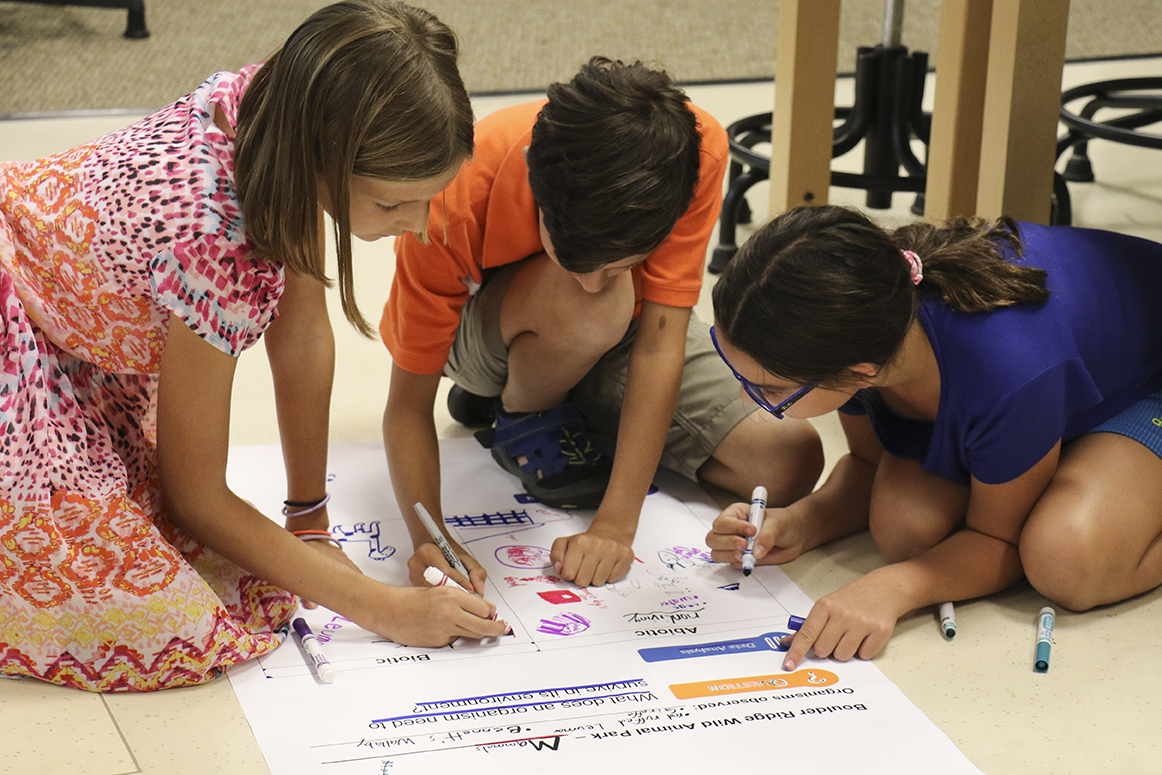A jar of mustard…that’s all I wanted on a recent stop at my favorite grocery store. A pretty basic item. I thought I’d run in, pick it off the shelf, and be on my way. Sounds simple enough, doesn’t it?
But when I got there, I found myself staring at shelves shouting with a daunting number of variations of plain and simple mustard. There was Dijon and spicy brown. Name brand and generic. English and German. What should have been a quick in and out grocery store visit turned into a task that required time and study.
Really, just how many different versions of the same old thing can there be? And do they really taste different? When I realized the mustard shelf space had grown since the last time I was there, I started wondering about option overload and its impact.
What does all this have to do with your students?
In general, we believe the more choices in life, the better. When we provide students voice and choice, their intrinsic motivation increases. Their engagement kicks in. They put in more effort and learn more. They build true, 21st century skills. When they are involved in decision-making, they gain a sense of ownership for their learning. After all, we won’t be by their side forever; the very goal of childhood and adolescence is to become an independent learner, capable of solving problems and uniquely contributing to society.
But psychologists suggest that too many choices aren’t always a good thing. It can lead to indecision—or even no decision at all. And, with the Internet, we have an unimaginable array of choices at our fingertips. (Thank you, Amazon).
The paradox of choice is a real thing; we have to be mindful about how we offer choice to students to maximize the benefits, but avoid choice paralysis.
Your Choice of Voice and Choice
To get started, try these approaches:
- Set up a choice board offering different activities from which students can choose.
- Allow students to select their own format—a video, podcast, poem, song, or game.
- Create a learning menu that incorporates student choice and gives you a great way to differentiate.
- Engage students in the RAFT strategy—they can choose the role they plan, the audience, the format, and/or the topic.
As you feel more comfortable as a facilitator, you may be ready for more advanced strategies, like:
- Eliminate writing prompts—instead let them start a blog.
- Allow them to choose a group. This idea is a little controversial. As we all know, some students don’t mix well. But give it a try.
- Set up flexible seating. Invite children to learn at a table, a desk, or in the reading lounge.
- Establish a Genius Hour where students pursue their own interests and passions independently.
Want to take choice even further? Check out these strategies:
- Let students choose the rate at which they learn.
- Reward learning with independent study.
- Set up projects students can manage—they don’t have to be academically oriented. For example, have them plan a fundraiser.
Managing the madness
As motivated as we might be to offer more choice and voice, turning the reins loose can be a scary thing. What if your well-managed classroom explodes into a wild and uncontrollable zoo? First thing to remember is that of course, you need to remain the ultimate authority in your classroom. No need to give up control.
And whichever strategy you choose to implement, the rules are the same: Start slow. Be explicit about your expectations. Avoid TOO many choices (Think: Mustard). Trust your gut—if it doesn’t feel right, it probably isn’t. And, most important, relax. By doing so, you’ll be sending out good energy your students will pick up on and run with.
Let us know how it goes in your classroom!
For more information…
View the 30-minute webinar on this topic entitled: Voice and Choice: Building Student Ownership While Controlling Chaos and Mayhem
Also, check out these downloadable resources within the webinar:

